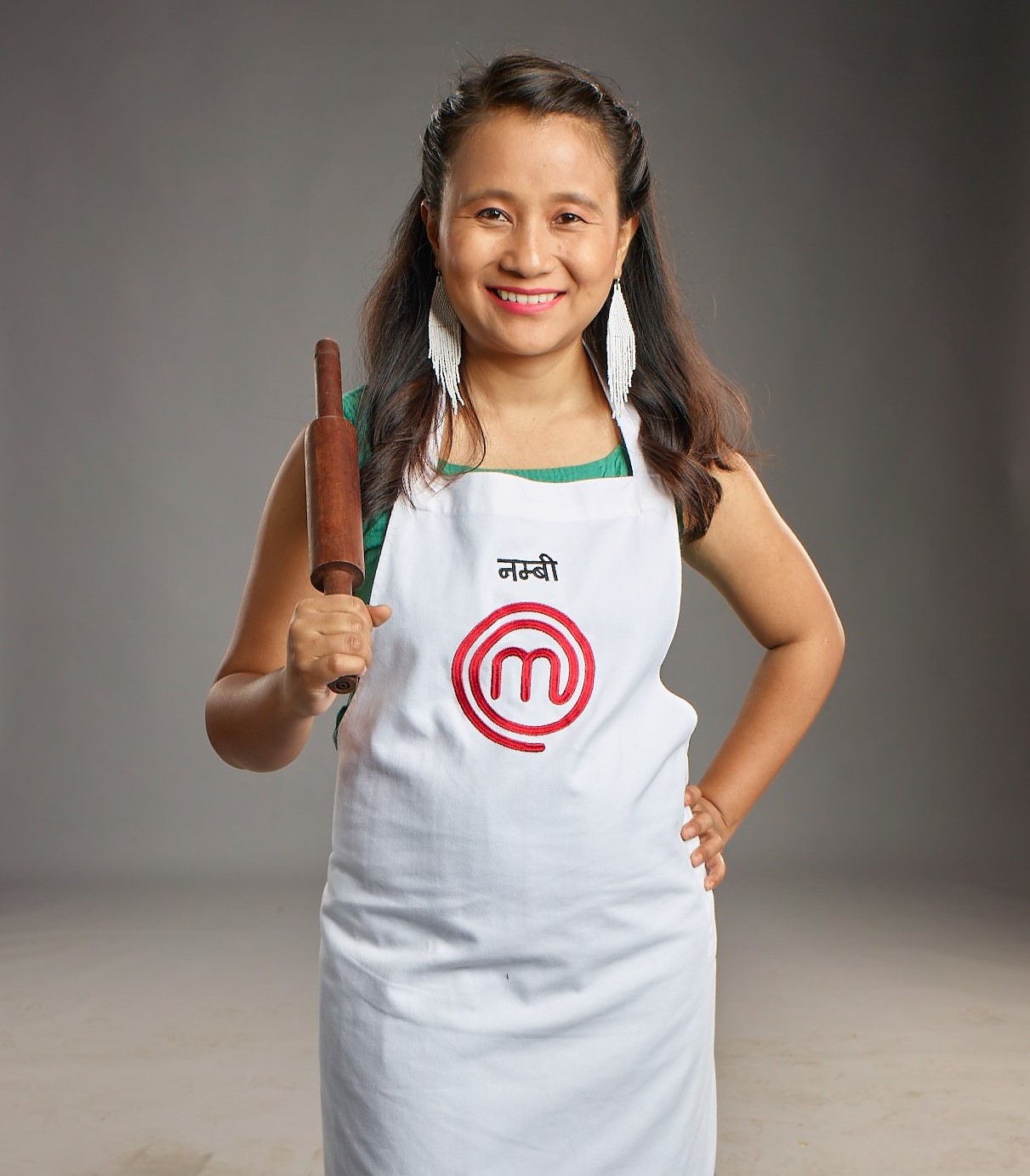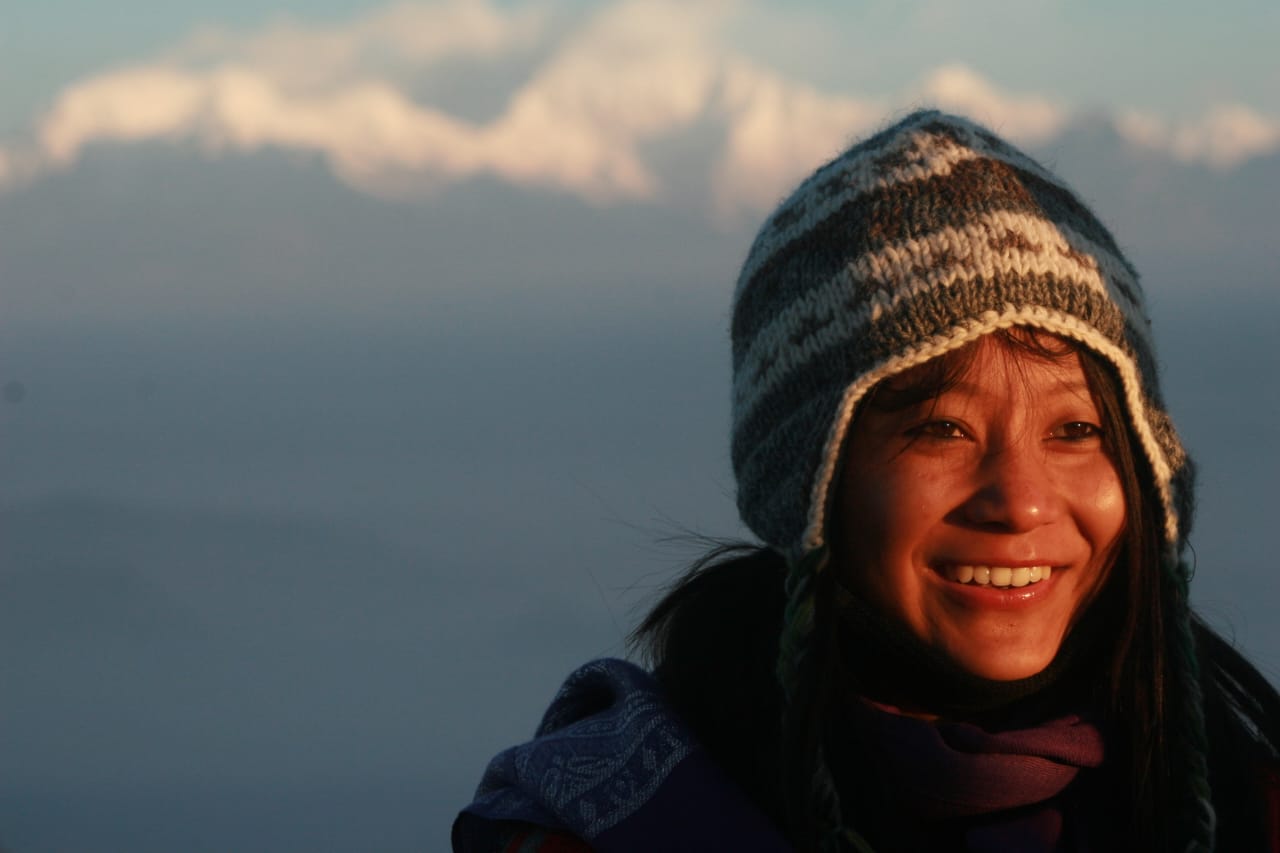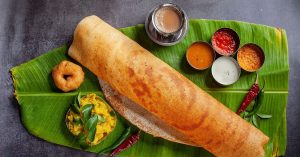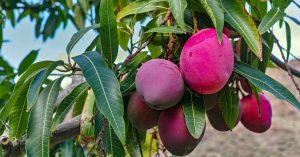I Ran My YouTube Channel From a Village With No Network To Break Meghalaya Food Stereotypes
Nambie Jessica Marak from Meghalaya created 'Eat Your Kappa' on YouTube to showcase Northeastern culture and change how people view local food. She's also one of the top-eight finalists on MasterChef India 2023.

Nambie Jessica Marak moved to Chennai for her higher education. Hailing from Upper Rangsa, a village in the West Khasi Hills of Meghalaya, she missed home food. While she loved the dosas, idlis and biryanis, she ached for her comfort food — a country chicken soup with fiddlehead ferns. Unfortunately, what she got in the TN capital was just momos, which didn’t cut it.
What bothered her more was the perception of the Northeast culture and food. Wanting to educate her friends about the intricacies of her food, she looked for YouTube channels. Finding that most of the channels were in local languages, in 2015, she decided to start her own called ‘Eat Your Kappa’ to document Northeastern food.
Being one of the few food bloggers from the region at the time, Nambie shot to fame, as she gave the viewers a glimpse into life in the hills.
What strikes me about Nambie, watching her videos, and later, speaking to her, is her simplicity, authenticity and realness. She takes her viewers on a journey to Upper Rangsa, showing how they pick fresh vegetables, fruits, and spices, and cook them on a fire stove outside their house.
She has over 60,000 followers across social media channels.

The popularity of her channel and the authenticity of her food led to a chance to audition for MasterChef India. Today, she’s among the top eight finalists and has stumped the judges and viewers with her innovative use of Northeastern ingredients in various dishes.
Married to a South Indian, she also makes interesting dishes combining the two cuisines.
Another hat that the 35-year-old proudly wears is that of a teacher. Along with her husband Sunny, she has adopted a school in Upper Rangsa, taking responsibility for the education of over 85 children from their village and the neighbouring ones.
In a conversation with The Better India, Nambie unpacks the remarkable journey that took her across Shillong, Chennai, Karnataka, and back to her roots.
Taking us to Meghalaya through her lens
Growing up in Shillong, Nambie’s initiation to the kitchen started fairly young as her mother encouraged the children to make their own meals.
“I have been cooking for as far as I can remember. My mother worked really hard to put food on the table. She would weave clothes, do embroidery and some small businesses. While she did this to provide us with a good life, she would make sure that we cooked our own meals,” says Nambie.
Even after winning over top chefs — including British Chef Marco Pierre White — she says that she’s “not so good at cooking!”
“I love to eat the most. I know how to cook but what I really enjoy is eating and finding new recipes in books and YouTube channels,” she says.
While she calls herself a “rookie cook”, the foundation for her stint as a cook was strengthened in school, where she took home science as an elective subject. It was strengthened further when she started living by herself in Chennai, where she moved for her postgraduate studies and worked for a few years.
While working as an assistant professor in a college, she also found time for her YouTube videos. She would go home during vacations and shoot videos every single day. Since her village doesn’t have internet connectivity, she would edit and upload the videos after returning to Chennai.
On her channel, she’s breaking stereotypes about Northeastern cuisine. People often think it’s all about “eating bizarre food” or “eating anything that moves”, according to her.
A harbinger of hope

Kappa is the cooking technique used by the Garo tribe, to which Nambie belongs, in which meat and vegetables are cooked using liquid alkali (called kalchi in Garo). She calls Kappa “synonymous with Northeastern cuisine”.
In households in the West Khasi Hills, food is really simple and made using locally sourced ingredients, usually from their farms.
“We are rice eaters and don’t eat breakfast. Our mornings begin with some red or black tea. We eat lunch by 10 am, which gives the residents, mostly farmers, energy to work throughout the day. We have dinner by 5 pm,” she shares.
“We eat a lot of meat as it gets very cold during winter. We save our meat and fish by smoking them. A typical meal includes rice, dal, meat or dried fish, and lots of vegetables available in our backyard (root, wild, leafy vegetables) with a side of chutney. We also dry vegetables,” she adds.
In her dishes, Nambie heroes ingredients grown in Meghalaya — like fiddlehead ferns, elephant apple, elephant foot yams, purple yams, Indian sorrel, fish mint leaves, sohiong (blackberry), sohplhang (a root vegetable) and more.
She makes chutneys using ingredients like brinjal and dry fish, fermented fish chutney, dried roselle with chicken pura (rice flour), jadoh (a Khasi rice recipe), beef trotter soup, muskmelon and pork gravy dish, and much more.
While she was appreciated by many, she also faced vicious trolling and hate. Trolls ridiculed her for cooking outdoors, the food she cooked, and even the fact that she wore slippers.
“There were some really harsh comments. People said things like “Your food looks like dog food” and “Why are you wearing those slippers?”. I cook outside as we don’t have electricity most of the time at home, and I wanted to show our surroundings,” she shares.
The trolling reached a point where she considered quitting social media due to the excessive negativity. All she was trying to do was showcase her home, surroundings and food. Realising that she would let the naysayers win if she gave up, she decided to overcome the hate by growing a thick skin. She focused on the positive comments, which were also many in number.
“I decided to accept that there will be negativity and people trying to pull you down. What matters is that you should believe in what you do. I didn’t want to let the haters win. What I’m doing is trying to showcase my cuisine and break the stereotypes associated with it,” she adds.
She overcame the xenophobia and became a harbinger for many more YouTubers from the Northeast, which led to her cementing a position in MasterChef today.
Providing a new lease of life to children
While her YouTube channel was flourishing, she had to move back home as her mother was ill. In 2019, she packed her bags and moved to Upper Rangsa with her infant daughter. A few months later, her husband, also a teacher, packed his bags, quit his job and followed suit.
Being the two most educated people in the entire village of 150 people, they were soon presented with an opportunity to create change, when a private school in the neighbouring village was about to shut down.
“Last year, the person running the school found it difficult to manage the school. He abandoned the school and the children and left. The village head came to us and asked us to help as it is the only school for the children in the neighbourhood,” says Nambie.
Offered a school on a plate and a chance to help villagers, the couple took up the challenge. They adopted the school and the 19 students at the time.
“Our village sits near the border, and with poor roads, commuting to schools outside daily isn’t feasible. If this school closes, it’ll disrupt many farmers’ lives. They might need to move to Assam, straining resources and losing their income. We didn’t want them to worry about where their kids go to school. We only want them to focus on their farms,” explains Nambie.
In the past year, the strength of the school has increased from 19 to 85. They do this for free, only charging a nominal fee to pay the other teachers.
In their spare time, the couple tends to a farm, cultivating lemongrass. They sell lemongrass oil, while Nambie pursues her passion for pickling by starting a pickle business. She also dreams of opening a restaurant someday.
What’s more important to Nambie — teaching or cooking?
“I have always been connected to food and I really enjoy being around children. You learn something new in both teaching and cooking. Every day is a new day in the kitchen as well as the classroom. I love it. Why would I choose between the two?” laughs Nambie. If you found our stories insightful, informative, or even just enjoyable, we invite you to consider making a voluntary payment to support the work we do at The Better India. Your contribution helps us continue producing quality content that educates, inspires, and drives positive change. Choose one of the payment options below for your contribution- By paying for the stories you value, you directly contribute to sustaining our efforts focused on making a difference in the world. Together, let’s ensure that impactful stories continue to be told and shared, enriching lives and communities alike. Thank you for your support. Here are some frequently asked questions you might find helpful to know why you are contributing?

Edited by Pranita Bhat
This story made me
-
97
-
121
-
89
-
167
















